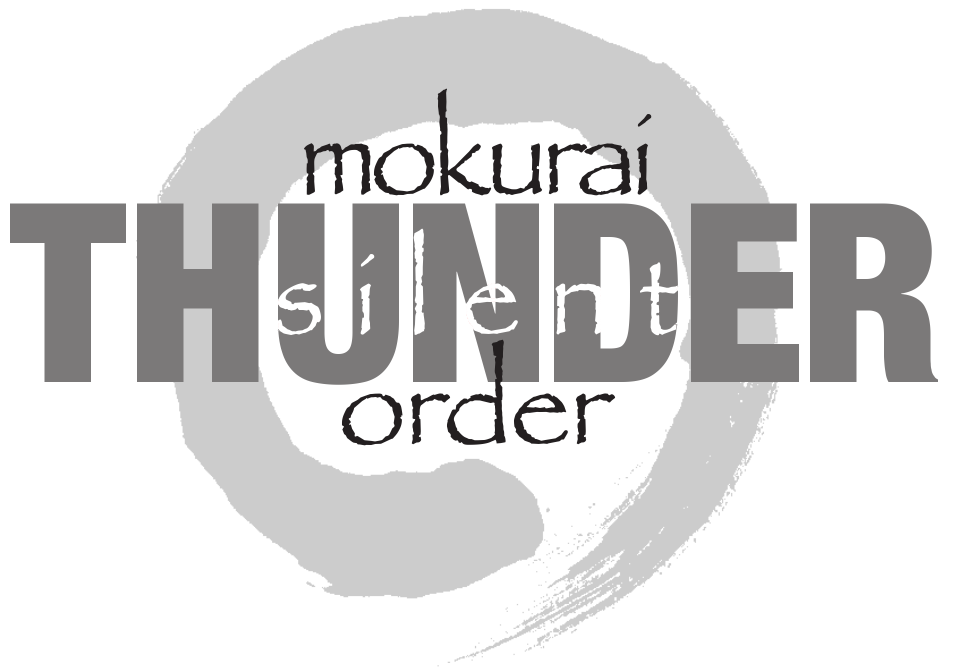Sit | Study | Share
Silent Thunder Order (STO) is the network of Zen centers continuing the lineage of our Soyu Matsuoka Roshi, one of the pioneers of Soto Zen in North America. STO supports affiliated centers in their efforts to continue and share the practice of Zen Buddhism. By participating with any STO affiliate, you gain not only a local Zen community but also connection to our broad network of Zen practitioners and teachers. Together we sit Zazen (meditation), study Zen teachings, and share the life-changing legacy of Soto Zen Buddhism.
STO May Precepts Sesshin

“Waking Up to Our True Nature”
May 15 – 19, 2024 – Mission Mountain Zen Center – Dayton, MT & via Zoom
Please join STO and Mission Mountain Zen for a 5-day Spring Precepts Zen meditation retreat which is being offered both in-person and via Zoom. A Sesshin (literally, gathering/clarifying heart & mind), offers us time to intensify and mature our meditation practice. It affords a unique opportunity to clarify your life. The Sesshin will be led by Zen Priest Zenku Jerry Smyers. Zenku will be joined by guest speakers. We will study the 16 Bodhisattva Precepts and their implications for deepening our Zen Practice during the retreat Dharma Talks. While we hope you can join for the entire Sesshin, the schedule is designed to permit you to partake in as much of the retreat as you can.
For more information, schedule and registration, click here.











